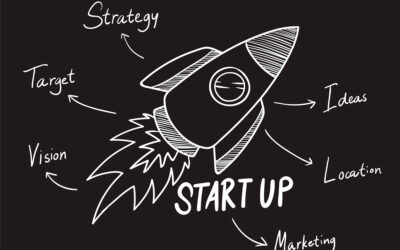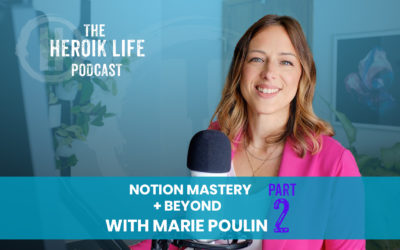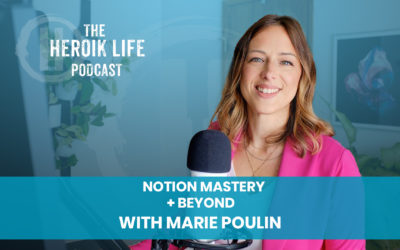There is a holistic litmus test to see if you’re product offers a good value at a good price. Here’s a simple rule of thumb: the use/ utility value should exceed the sale price. Customers should get more from your product than they spend on your product. This is what happens when your products have a positive utility value.
Easier said than done, because as you may imagine, determining utility value score is really subjective. But since you’re hear to live abundantly, to build, live and enjoy the great life, let’s assume a couple of things:
- You believe in your product and aren’t here to screw people over.
- You sincerely want your customers to succeed with your products.
- You want to earn a fair dollar amount in return for the value of the information offered.
- There are people out there with a strong desire/need/want for what you’re offering.
- You know who these people are and have lots of information about how they operate.
*I really hope you tested for and did your homework on #4 & #5.
To Determine a rough, Utility Value Score for your information, you need to put a price tag on the following:
- The capabilities and resources of your customer – the average probability of successfully consuming the material and put it to some use (THIS IS NOT 100%, it very often is less than 20%, and you should factor this in).
- Tangible benefits – The measurable benefits resulting from consuming your product. The value of what they know and what they can now do with it at the skill level provided.
- Annualized benefits – (Ongoing benefits that are experienced each year after that.)
- Intangible benefits – (like emotional impact and peace of mind)
- Peripheral benefits (like making someone look good in their market)
- The price of your product
If you want to skip all the cool math and be very generic, you simply assign a total benefit value in dollars, divide by the price and multiply by the customer success rate to calculate a reasonable Return On Investment.
Take a deep breath because, here’s the math
((Tangible benefits x ongoing annualized benefits) + (intangible benefits x emotional impact)) Divided by the price of your product and finally, multiplied (avg. probability of success) = the utility value.
The fun part is assessing the value of the tangible benefits and multiplying it by the annualized benefits.
Say I charge $500 for a course on creating a kick-ass website. And, I calculate the tangible benefits to be $50,000 and intangibles at around $1,000, when I divide $51,000 by my $500 price point, I get 102. However, the odds of my target market completing and using wha they learn are about 20%. So when I multiply 102 by .20 I get 20.4 . That’s a 20.4X return on their investment. So let’s say I only want to provide a 10x return. In theory, I can charge double ($1,000) and still feel comfortable that I’m providing a great value. Obviously, I’ve skipped over many market nuances in the example but you get the idea. Most equations do not factor in the likelihood of their customer’s successfully consuming and using the product. And I know, plenty of MBA’s hate the idea of taking ownership in this way , but if you want to live the Great Life, you need to work in a way that adds value to the lives of others.





0 Comments